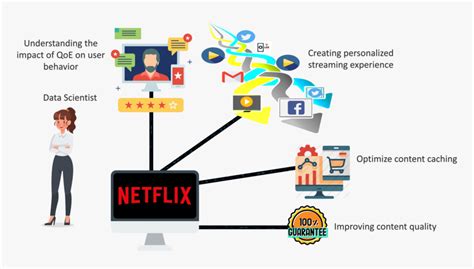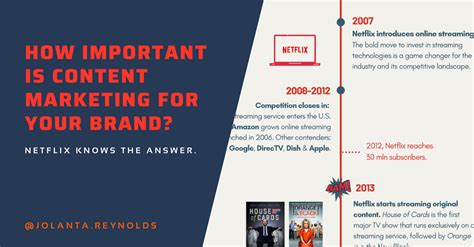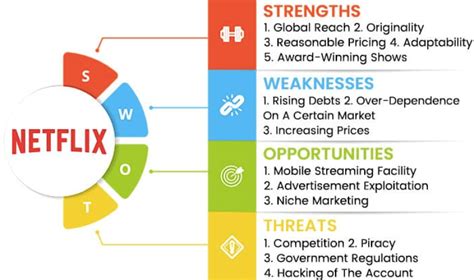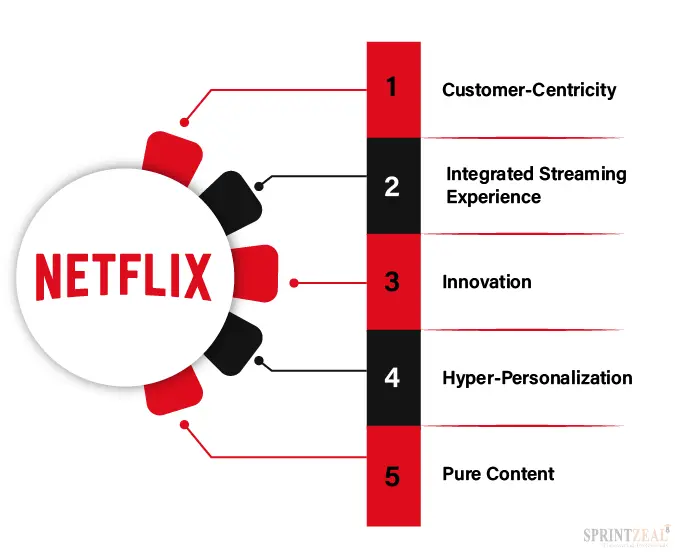In today’s fast-paced digital landscape, effective decision-making is key to driving success in digital and social media marketing. By leveraging data-driven strategies, marketers can navigate the complexities of online campaigns with precision. This article explores essential techniques and tools that empower marketers to make informed decisions, from utilizing analytics for insights to tracking key metrics and understanding consumer behavior. By implementing best practices like A/B testing and adjusting strategies based on performance data, businesses can optimize their marketing efforts, ensuring greater impact and improved outcomes in an ever-evolving digita
Investigate this topic thoroughly with weninsure.xyz
1. Why: Importance of Data-Driven Decisions in Digital Marketing
In digital marketing, data-driven decision-making is crucial for achieving success. Unlike traditional marketing, where decisions might be based on intuition or limited information, digital marketing provides access to a wealth of data that can guide every aspect of a campaign. This data-driven approach allows marketers to make more accurate, timely, and effective decisions, which are essential in the highly competitive online space.
The importance of data-driven decisions lies in their ability to minimize guesswork and reduce the risk of failure. By analyzing real-time data, marketers can gain valuable insights into audience behavior, preferences, and engagement patterns. This enables them to tailor their strategies to meet specific goals, whether it’s increasing brand awareness, driving website traffic, or boosting conversions. Additionally, data-driven decisions help in optimizing budget allocation, ensuring that resources are directed toward the most effective channels and tactics.
Moreover, data-driven decision-making enhances agility. In a rapidly changing digital environment, the ability to quickly adapt and pivot based on data insights can mean the difference between a campaign’s success and failure. Overall, embracing data-driven decisions empowers digital marketers to create more targeted, efficient, and successful campaigns, leading to better outcomes and a stronger return on investment.

2. How: Utilizing Analytics Tools to Gather Insights and Metrics
To effectively harness the power of data in digital marketing, utilizing analytics tools is essential. These tools provide the foundation for gathering, analyzing, and interpreting data, enabling marketers to make informed decisions that drive success. Popular analytics platforms like Google Analytics, HubSpot, and social media insights tools offer a wealth of information about user behavior, website performance, and campaign effectiveness.
By setting up these tools properly, marketers can track key metrics such as website traffic, bounce rates, conversion rates, and audience demographics. This data reveals how users interact with content, what channels are most effective, and which areas require improvement. For example, social media analytics can show engagement levels, reach, and follower growth, helping marketers understand the impact of their campaigns on different platforms.
Moreover, these tools often provide customizable dashboards and reports, allowing marketers to focus on the metrics that matter most to their specific goals. By regularly reviewing these insights, marketers can identify trends, spot opportunities, and make data-driven adjustments to their strategies. In an environment where precision is crucial, utilizing analytics tools is not just beneficial but necessary for optimizing digital marketing efforts and achieving measurable success.

3. What: Key Metrics to Track for Effective Social Media Campaigns
Tracking key metrics is vital for the success of any social media campaign. These metrics provide insights into how well your content resonates with your audience and how effectively it drives desired outcomes, such as engagement, conversions, or brand awareness.
One of the primary metrics to track is engagement, which includes likes, comments, shares, and overall interaction with your posts. High engagement indicates that your content is relevant and compelling to your audience. Reach and impressions are also crucial, as they measure how many people have seen your content and how often it appears on their feeds, giving you an idea of your campaign’s visibility.
Click-through rate (CTR) is another essential metric, especially for campaigns aimed at driving traffic to a website or landing page. A higher CTR means that your content is effectively encouraging users to take action. Conversion rate goes a step further, showing the percentage of users who completed a desired action, such as signing up for a newsletter or making a purchase, after engaging with your content.
Lastly, monitoring follower growth over time can help assess your brand’s increasing reach and influence. By regularly tracking these key metrics, you can adjust your strategy in real-time, ensuring that your social media campaigns are continually optimized for better performance and results.

4. Why: Impact of Consumer Behavior Analysis on Marketing Strategies
Understanding consumer behavior is fundamental to crafting effective marketing strategies. By analyzing how consumers interact with brands, products, and services, marketers can tailor their approaches to better meet the needs and preferences of their target audience. Consumer behavior analysis provides insights into what drives purchasing decisions, which can significantly enhance the relevance and impact of marketing campaigns.
This analysis helps identify key factors such as buying habits, preferred communication channels, and responses to different types of content. For instance, understanding which products or services resonate most with a particular demographic allows marketers to focus their efforts on promoting those offerings. Additionally, insights into the times and platforms where consumers are most active can optimize the timing and placement of marketing messages.
Furthermore, consumer behavior analysis enables the prediction of trends and potential shifts in the market. By staying ahead of these changes, marketers can adapt their strategies proactively, rather than reactively, leading to more successful campaigns. Overall, leveraging consumer behavior insights ensures that marketing strategies are not only data-driven but also deeply aligned with the evolving needs and expectations of the audience.
5. How: Implementing A/B Testing for Optimizing Digital Ads
A/B testing, also known as split testing, is a powerful method for optimizing digital ads by comparing two versions of an ad to determine which one performs better. This process involves creating two variants (A and B) of an ad with slight differences, such as changes in the headline, image, call-to-action, or layout, and then distributing these variants to different segments of your target audience.
The core advantage of A/B testing lies in its ability to provide concrete data on what resonates most with your audience. By running these tests, marketers can identify which elements of an ad drive higher engagement, click-through rates, or conversions. For instance, if Version A has a higher click-through rate than Version B, the elements in Version A can be refined and applied across future campaigns to improve overall performance.
To implement A/B testing effectively, it’s important to test one variable at a time to clearly understand its impact. Additionally, the test should be run long enough to gather statistically significant data, ensuring that the results are reliable.
A/B testing allows marketers to make data-driven decisions, minimizing guesswork and enhancing the effectiveness of digital ads. By continuously testing and refining ad components, marketers can optimize their campaigns for better results, ultimately leading to higher ROI and more successful digital marketing efforts.
6. What: Best Practices for Adjusting Strategies Based on Performance Data
Adjusting strategies based on performance data is crucial for maintaining the effectiveness of digital marketing campaigns. To achieve the best results, marketers should follow key best practices that ensure data-driven decisions lead to meaningful improvements.
First, regular monitoring of key performance indicators (KPIs) is essential. By continuously tracking metrics like engagement, conversion rates, and ROI, marketers can quickly identify trends and patterns that indicate what’s working and what needs adjustment.
Next, it’s important to be flexible and willing to pivot strategies when the data suggests a change is necessary. For example, if a particular ad or content format isn’t performing as expected, consider experimenting with different formats or targeting strategies.
Another best practice is to segment your audience and analyze performance data across different segments. This allows for more personalized adjustments, as what works for one group might not be effective for another.
Finally, integrate feedback loops into your strategy. Use data not just to make adjustments but to learn and refine your overall approach continuously. By adopting these best practices, marketers can ensure that their strategies remain responsive and aligned with the evolving needs and behaviors of their audience, leading to more successful and impactful digital marketing campaigns.
Incorporating data-driven decision-making into digital and social media marketing is essential for achieving optimal results. By utilizing analytics tools to gather insights, tracking key metrics, and analyzing consumer behavior, marketers can craft more effective strategies. Implementing A/B testing further refines ad performance, while adhering to best practices for adjusting strategies ensures continuous improvement. Embracing these practices empowers marketers to make informed decisions, adapt to changes, and enhance their campaign effectiveness, ultimately driving better outcomes and greater success in the digital landscape.
weninsure.xyz

